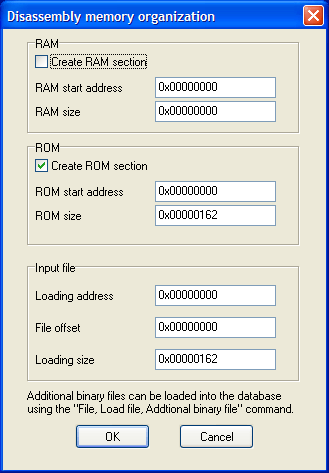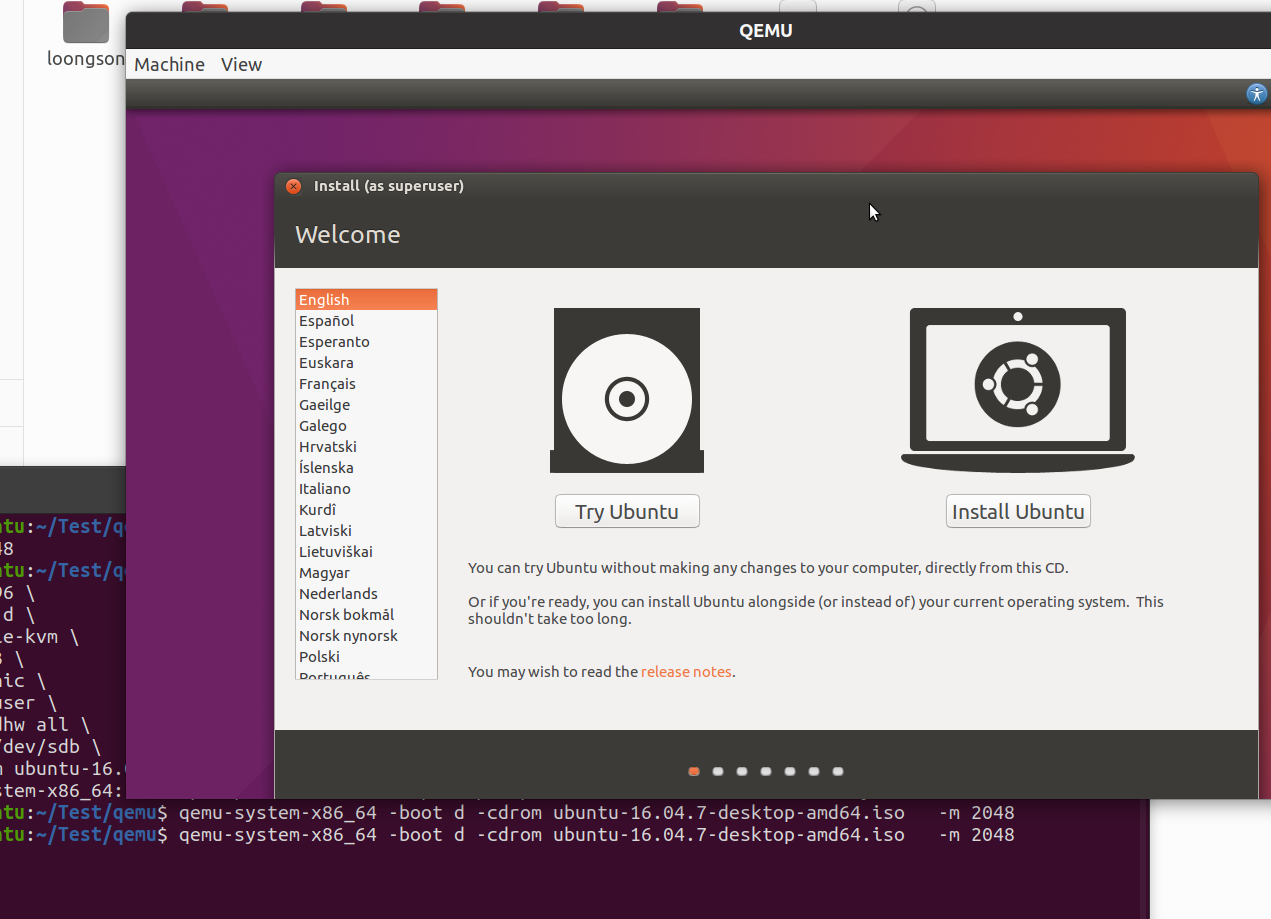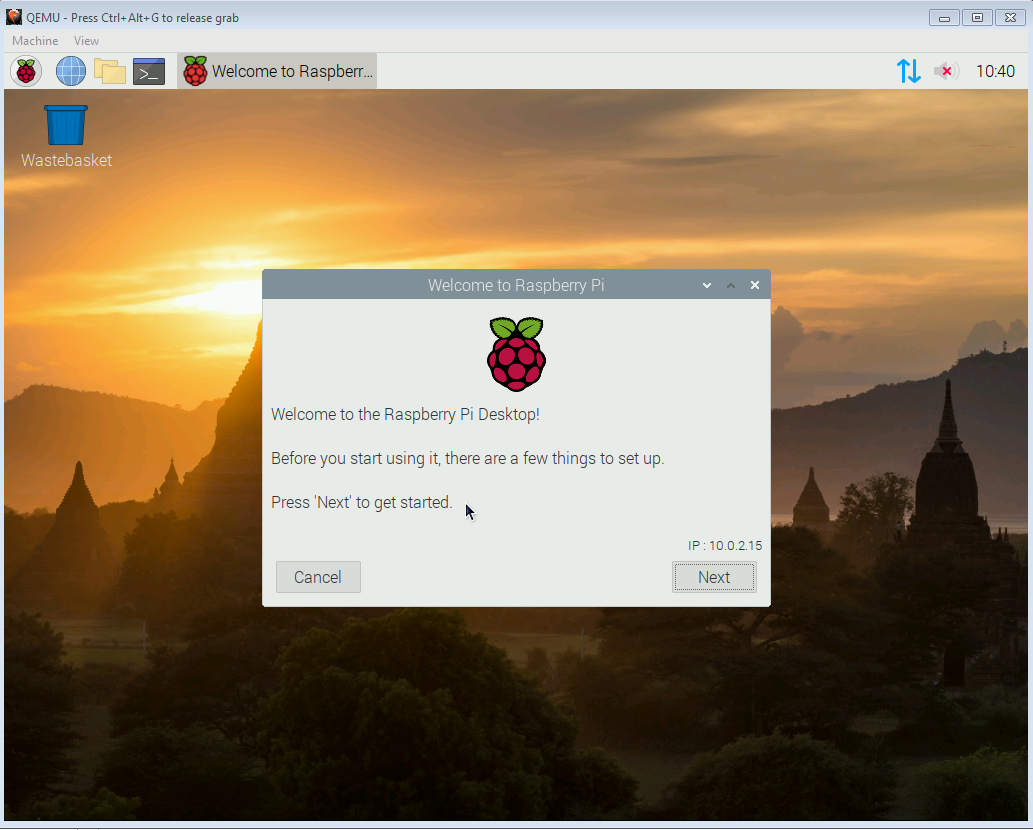
- #Qemu system c install#
- #Qemu system c drivers#
- #Qemu system c driver#
- #Qemu system c windows 7#
- #Qemu system c windows#
15.18 VM does not boot when using a Secure Boot enabled OVMF.15.16 High interrupt latency and microstuttering.15.15 Applications in the VM experience long delays or take a long time to start.
#Qemu system c windows#

#Qemu system c windows 7#
#Qemu system c drivers#
5.8.1.1 set up the windows disk interface drivers.5.8 Using an entire physical disk device inside the VM.5.7.2 Simulating a virtual disk with MBR.5.7.1 Specifying kernel and initrd manually.5.7 Using any real partition as the single primary partition of a hard disk image.5.6.2 Mounting a partition from a qcow2 image.5.6.1.2 With loop module autodetecting partitions.5.6.1.1 With manually specifying byte offset.5.6.1 Mounting a partition from a raw image.5.6 Mounting a partition of the guest on the host.5.4 Using filesystem passthrough and VirtFS.4.2 Enabling IOMMU (Intel VT-d/AMD-Vi) support.1.2 Details on packages available in Arch Linux.In this example, we will connect our guest with a virtio type network interface into a virtual switch/bridge called virbr0 . We can add a network interface and connect this interface into a bridge device that is running in a host operating system. This is not a practical and useful feature for most of the situations. $ qemu-system-x86_64 -nographic Connect To Virtual Switch Like virbr0īy default started guests will be connected with no network and the only single interface will be attached. But we can also disable the console and only provide the terminal of the system with the -nographic option. $ qemu-system-x86_64 -drive file=fedoraraw.qcow2,if=virtio Disable GUI for Qemu VMīy default, the VM console will be provided as a GUI window.
#Qemu system c driver#
Also if is used to provide the driver or interface type for the disk. This will provides us some ability to specify extra drivers related options. We can specify the disk/image file with the -drive option. $ qemu-system-x86_64 -name Specify Disk File or Image For Qemu VM In this example, we will set the VM name as. The VM name will be displayed in the Window header of the Qemu.

We can use the -name option and provide the VM name. We have also the option to set a name for the VM.

Set RAM or Memory Size Set VM Name For Qemu
#Qemu system c install#
Install Qemu For Ubuntu, Debian, Mint, Kali We can install Qemu with the qemu package name for different distributions. qemu-system-x86_64 is the binary or command for Qemu which is used to create 64-bit x86 VMs. So this project also provides Qemu with different command names but with more features. Qemu is used in the Linux Kernel Virtualization project named KVM.

Qemu is a very old and big project which has different user bases and intersecting with different projects. A virtualization configuration is made on the QEMU. KVM resides in Linux kernel and there is a little configuration for it. QEMU acts as a hardware supplier and KVM is the CPU. But with the KVM Qemu get superfast speed for computing by using hardware-based virtualization. Before KVM and XEN QEMU was used heavily but it can not race with VMWARE or VIRTUAL PC. Qemu is a very old virtualization technology used to virtualize system components and run operating systems on it.


 0 kommentar(er)
0 kommentar(er)
